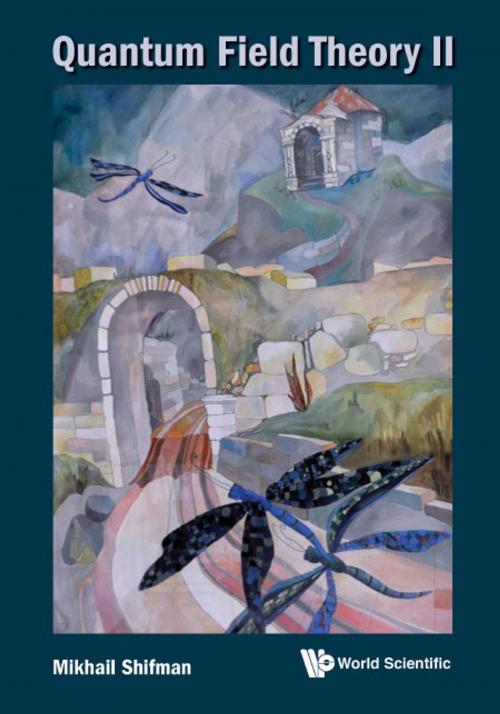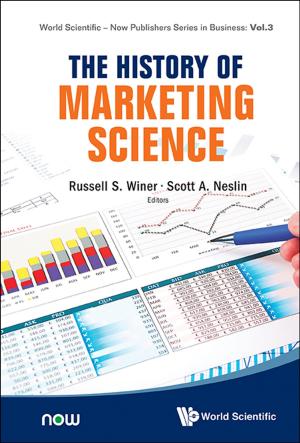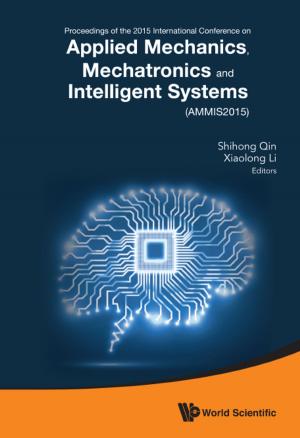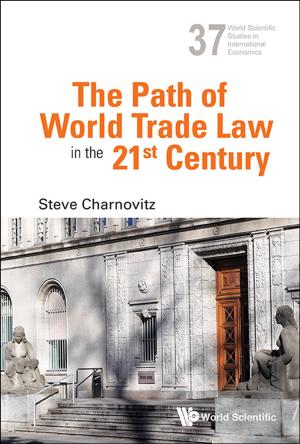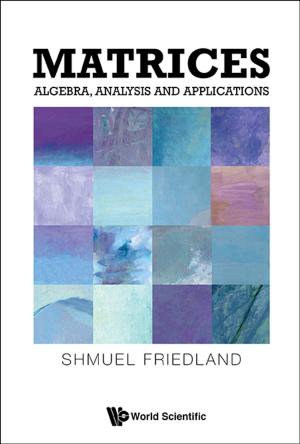Quantum Field Theory II
Nonfiction, Science & Nature, Science, Physics, Nuclear Physics, Quantum Theory| Author: | Mikhail Shifman | ISBN: | 9789813234208 |
| Publisher: | World Scientific Publishing Company | Publication: | March 12, 2019 |
| Imprint: | WSPC | Language: | English |
| Author: | Mikhail Shifman |
| ISBN: | 9789813234208 |
| Publisher: | World Scientific Publishing Company |
| Publication: | March 12, 2019 |
| Imprint: | WSPC |
| Language: | English |
This textbook grew out of lecture notes the author used in delivering a quantum field theory (QFT) course for students (both in high energy physics and condensed matter) who already had an initial exposure to the subject.
It begins with the path integral method of quantization presented in a systematic and clear-cut manner. Perturbation theory is generalized beyond tree level, to include radiative corrections (loops). Renormalization procedures and the Wilsonian renormalization group (RG flow) are discussed, asymptotic freedom of non-Abelian gauge theories is derived, and some applications in Quantum Chromodynamics (QCD) are considered, with a brief digression into the Standard Model (SM). The SM case requires a study of the spontaneous breaking of gauge symmetry, a phenomenon which would be more appropriate to call 'Higgsing of the gauge bosons.' Other regimes attainable in gauge theories are explained as well. In the condensed matter part, the Heisenberg and Ising model are discussed. The present textbook differs from many others in that it is relatively concise and, at the same time, teaches students to carry out actual calculations which they may encounter in QFT-related applications.
Contents:
-
Yang–Mills Theory
-
Yang–Mills Theories (Continued)
-
Path Integral Quantization
-
Path Integral in Scalar QFT
-
Complex Scalar Field and Finite Temperature
-
Calculus of Grassmann Numbers and Spinor Fields
-
Fermion Fields in Path Integrals
-
Gauge Fields in Path Integral: The Simplest Example of QED
-
Non-Abelian Gauge Fields in Path Integrals
-
How to Calculate Charge Renormalization
-
Yang–Mills Coupling (Continued)
-
What if Vacuum is not Unique
-
Condensed Matter Week
-
Renormalization Group; RG Flow
-
Phases of Yang–Mills Theories
-
Anomalous Dimensions. Quark Mass in QCD
-
More on χSB. Effective Lagrangians
-
Quantum Anomalies
-
Quantum Anomalies (Continued)
-
'External' Anomalies: Implications
-
Divergence of Perturbation Theory at High Orders
-
Degenerate (Pre)Vacua and Instantons in QM
-
Appendices:
- Nontrivial Topology in the Space of Fields
- Problems
- Brief History of QFT
Readership: Graduate students, and researchers interested in advanced quantum field theory.
Key Features:
- Combines qualitative explanations of all necessary aspects of modern QFT with the minimal possible set of technicalities
- Includes some important questions such as the divergence of the perturbative series in high orders
- Brief history of QFT is useful for future researchers
This textbook grew out of lecture notes the author used in delivering a quantum field theory (QFT) course for students (both in high energy physics and condensed matter) who already had an initial exposure to the subject.
It begins with the path integral method of quantization presented in a systematic and clear-cut manner. Perturbation theory is generalized beyond tree level, to include radiative corrections (loops). Renormalization procedures and the Wilsonian renormalization group (RG flow) are discussed, asymptotic freedom of non-Abelian gauge theories is derived, and some applications in Quantum Chromodynamics (QCD) are considered, with a brief digression into the Standard Model (SM). The SM case requires a study of the spontaneous breaking of gauge symmetry, a phenomenon which would be more appropriate to call 'Higgsing of the gauge bosons.' Other regimes attainable in gauge theories are explained as well. In the condensed matter part, the Heisenberg and Ising model are discussed. The present textbook differs from many others in that it is relatively concise and, at the same time, teaches students to carry out actual calculations which they may encounter in QFT-related applications.
Contents:
-
Yang–Mills Theory
-
Yang–Mills Theories (Continued)
-
Path Integral Quantization
-
Path Integral in Scalar QFT
-
Complex Scalar Field and Finite Temperature
-
Calculus of Grassmann Numbers and Spinor Fields
-
Fermion Fields in Path Integrals
-
Gauge Fields in Path Integral: The Simplest Example of QED
-
Non-Abelian Gauge Fields in Path Integrals
-
How to Calculate Charge Renormalization
-
Yang–Mills Coupling (Continued)
-
What if Vacuum is not Unique
-
Condensed Matter Week
-
Renormalization Group; RG Flow
-
Phases of Yang–Mills Theories
-
Anomalous Dimensions. Quark Mass in QCD
-
More on χSB. Effective Lagrangians
-
Quantum Anomalies
-
Quantum Anomalies (Continued)
-
'External' Anomalies: Implications
-
Divergence of Perturbation Theory at High Orders
-
Degenerate (Pre)Vacua and Instantons in QM
-
Appendices:
- Nontrivial Topology in the Space of Fields
- Problems
- Brief History of QFT
Readership: Graduate students, and researchers interested in advanced quantum field theory.
Key Features:
- Combines qualitative explanations of all necessary aspects of modern QFT with the minimal possible set of technicalities
- Includes some important questions such as the divergence of the perturbative series in high orders
- Brief history of QFT is useful for future researchers
